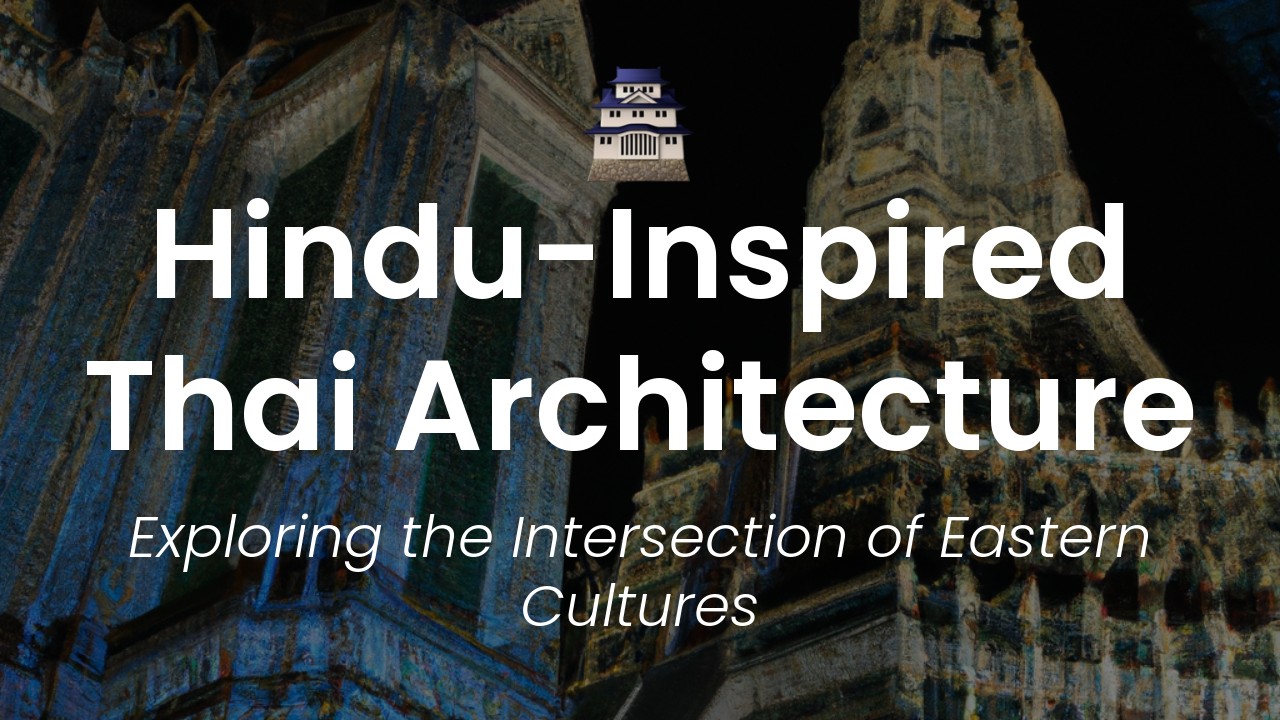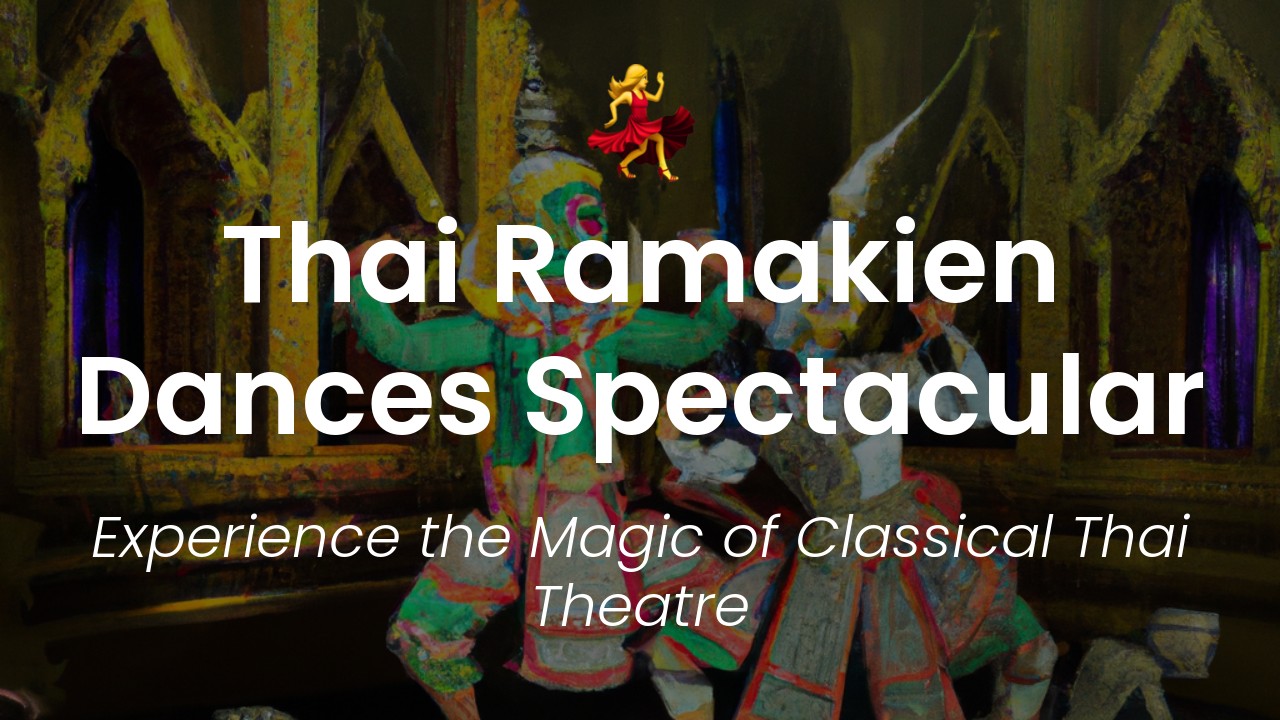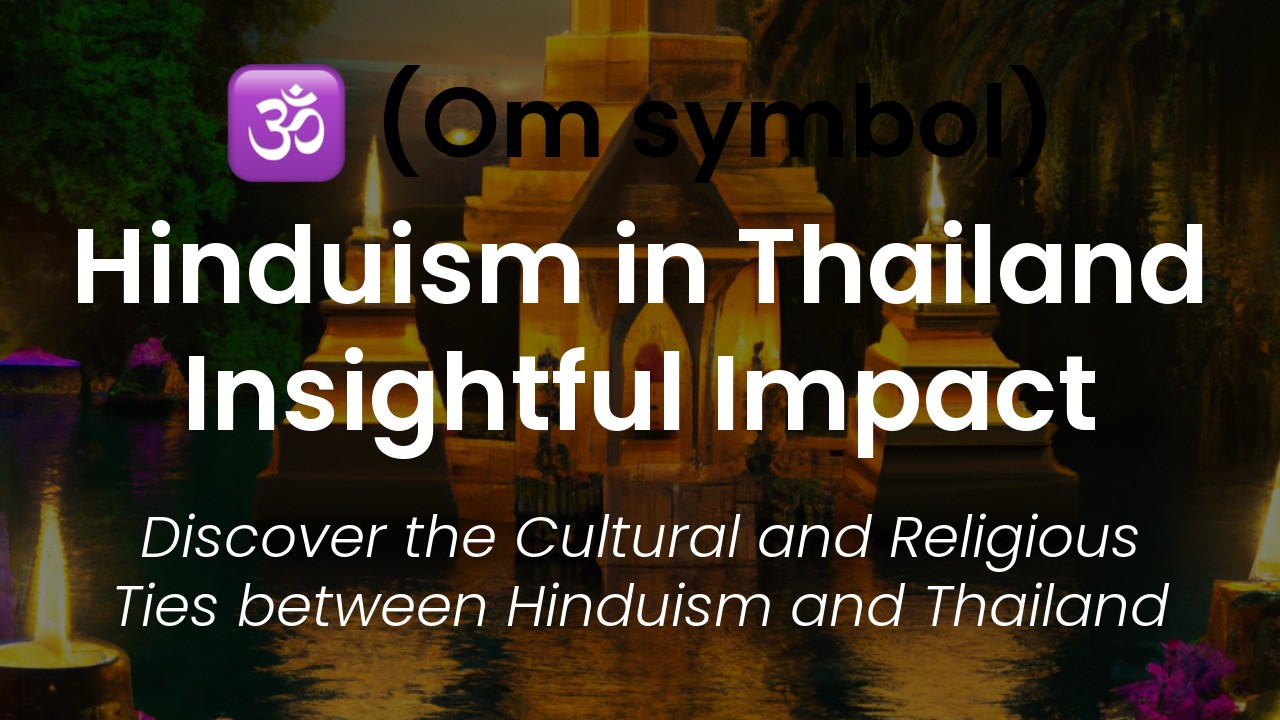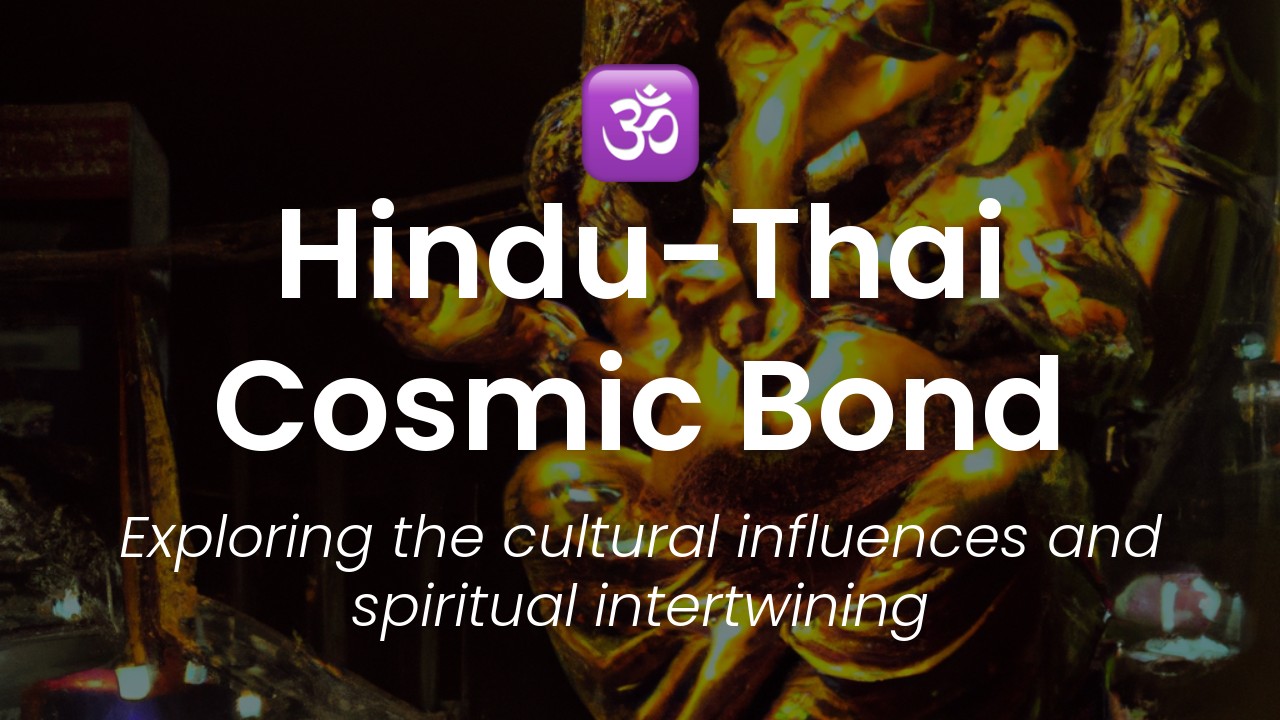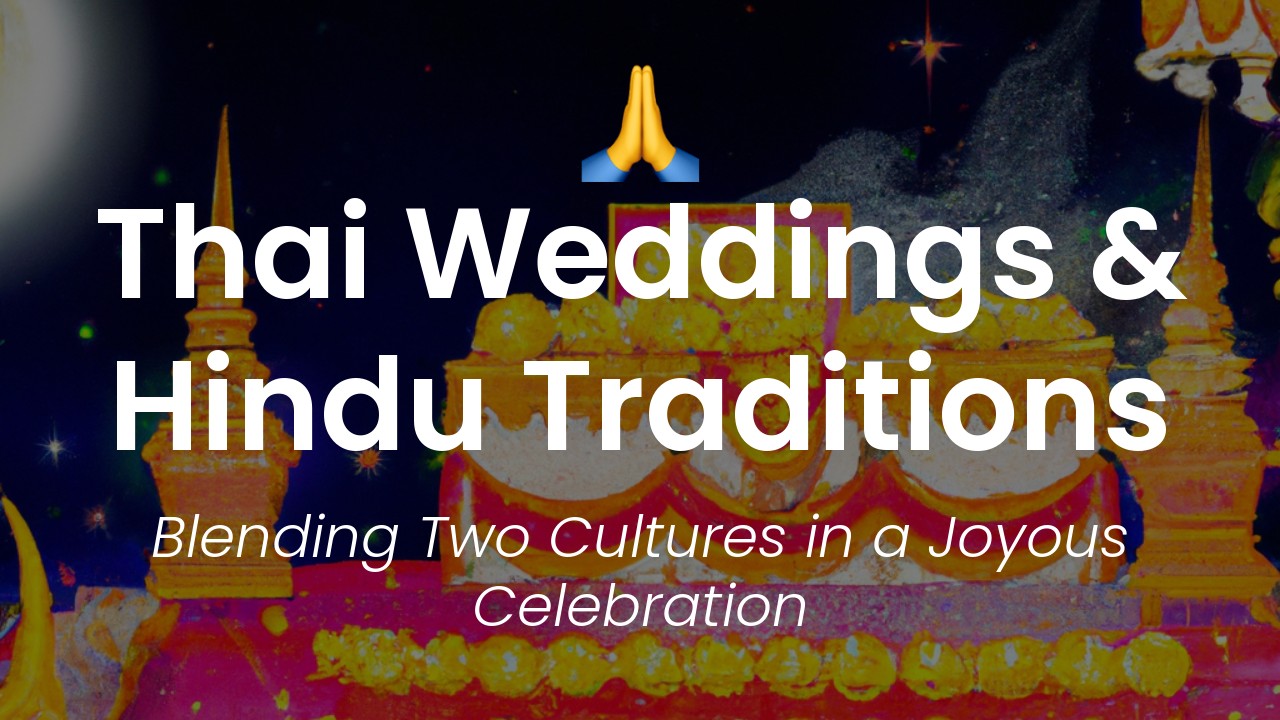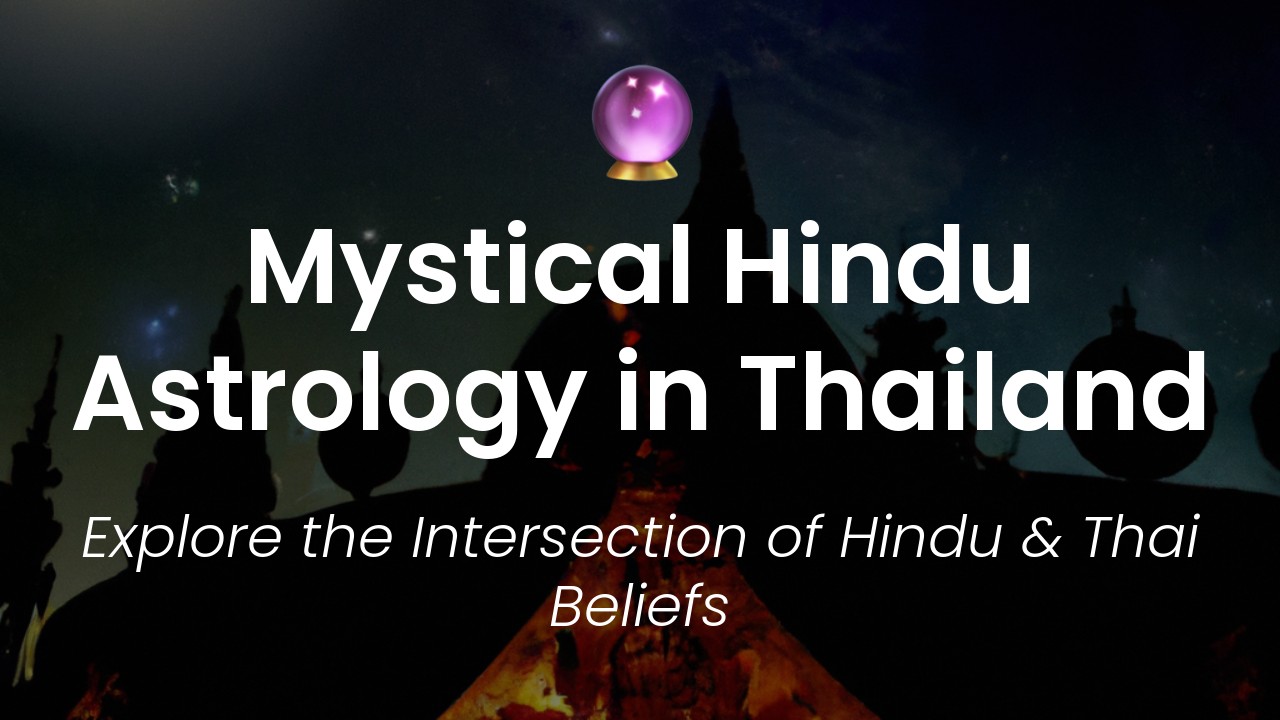Greetings everyone! Today, I am very excited to share with you all about my recent trip to a magnificent temple that is one of the most unique and fascinating landmarks in Thailand. As you know, Thailand has a rich cultural heritage that is home to several religious and architectural wonders, each with its own historical and social significance.
During my visit to this temple, I was amazed to see the distinct architectural style that blended various elements of the Hindu religion and Thai culture. The temple's construction displayed intricate details that were unique to this style and its design was unlike any other temple I had seen before. I was curious to find out more about the inspiration behind this temple's architecture and how it showcased the evolving influence of Hindu culture in Thailand.
I was aware that Hinduism had a significant impact on Thai culture, particularly during the Khmer era, which had a major impact on the growth and development of Thai architecture. This temple provided me with a unique opportunity to explore the intriguing connection between Thai and Hindu cultures. Join me in this journey as we explore the fascinating and hidden aspects of this remarkable temple and its influences on Thai architecture. Let us embark on a journey to discover the Hindu inspirations in Thai architecture!
Hindu Roots of Thai Architecture
As a country with a rich cultural heritage, Thailand has been influenced by various civilizations and cultures that have traversed its land over the centuries. One such influence that has left an indelible mark on Thai culture and architecture is Hinduism. Thai architecture has been inspired by the Hindu religion in so many ways. The architecture of Thailand has a long history that dates back from the early Siamese era to the present day.
The Hindu roots of Thai architecture can be traced back to the migration of people from India to Southeast Asia, which started in the first millennium BCE. These migrants brought with them elements of their culture and religion, including Hinduism, which became an integral part of the Southeast Asian cultural landscape.
Influence of Hinduism on Thai Architecture
The influence of Hinduism on Thai architecture can be seen in the various features and elements of Thai buildings and temples. The most significant of these features is the use of the multi-tiered roof. This distinctive feature is inspired by the Hindu concept of Mount Meru, a sacred mountain that is considered the center of the universe in Hindu cosmology. The multi-tiered roofs of Thai buildings represent the different levels of this holy mountain and serve as a metaphorical representation of the Hindu cosmological understanding of the universe.
Another notable influence of Hinduism on Thai architecture is the intricate carvings and sculptures that adorn the facades of temples and other buildings. These carvings depict scenes from Hindu mythology and showcase the skill and artistry of Thai craftsmen. Examples of such carvings can be seen at the Wat Phra Kaew in Bangkok and the Wat Phra Sri Rattana Mahathat in Phitsanulok.
Hinduism has also influenced the use of certain building materials in Thai architecture. For example, the use of laterite, a type of volcanic rock, is believed to have been introduced to Thailand by the Khmers, who themselves had been influenced by Indian culture and architecture. Laterite is a durable and easily accessible material that has been used in the construction of many temples and other buildings in Thailand.
Key Hindu-Inspired Features in Thai Architecture
Apart from the multi-tiered roofs, there are several other key Hindu-inspired features that can be found in Thai architecture. One such feature is the use of lotus flowers as decorative motifs. The lotus is an important symbol in Hinduism and represents purity and enlightenment. This motif can be seen in the intricate carvings and sculptures of temples and on the roofs of buildings.
Another important Hindu-inspired feature is the use of the "prang," a tall, spired tower that is a common feature of Thai temples. The prang is similar to the shikhara, a spire that can be found on many Hindu temples in India. These towers are usually decorated with carvings of Hindu deities and other important figures from Hindu mythology.
The use of elephants as decorative motifs is also another Hindu-inspired feature in Thai architecture. Elephants are considered sacred animals in Hinduism and are often depicted in carvings and sculptures in Thai temples.
Examples of Hindu-Inspired Thai Buildings and Temples
There are many examples of Hindu-inspired Thai buildings and temples that showcase the rich cultural heritage of Thailand. One such example is the Wat Arun, also known as the Temple of Dawn. The temple is famous for its Khmer-style prangs and intricate carvings that depict scenes from Hindu mythology.
Another example is the Wat Phra Kaew, which houses the famous Emerald Buddha. The temple is known for its intricate carvings and murals that depict scenes from the Ramayana, an important Hindu epic.
The Wat Phra Sri Rattana Mahathat in Phitsanulok is another example of a Hindu-inspired Thai temple. The temple is famous for its central golden pagoda, which is protected by four smaller pagodas. The pagodas are decorated with carvings of Hindu deities and other important figures from Hindu mythology.
Importance of Hinduism in Thai Culture and Religion
Hinduism has played an important role in shaping Thai culture and religion. The influence of Hinduism can be seen in various aspects of Thai culture, including language, cuisine, and traditional dance and music.
Hinduism has also had a significant impact on Thai religion. Many Thai Buddhists believe in Hindu ideas and concepts, such as karma, rebirth, and the existence of various deities. The influence of Hinduism on Buddhism in Thailand is evident in the presence of Hindu deities in many Thai temples and the use of Hindu-inspired motifs in temple decorations.
Conclusion: Hinduism's Lasting Impact on Thai Architecture and Culture
In conclusion, the influence of Hinduism on Thai architecture and culture is undeniable. The use of multi-tiered roofs, intricate carvings and sculptures, and other Hindu-inspired features can be seen in many Thai buildings and temples. Hinduism has not only shaped Thai architecture but also contributed significantly to Thai culture and religion. Its lasting impact can be seen in the many Hindu-inspired temples and buildings that stand as a testament to Thailand's rich cultural heritage.

